Boiler controls are the mechanisms that allow you to regulate the temperature of your boiler, ensuring that it runs efficiently and effectively. There are several types of boiler controls, including thermostats, timers, programmers, and room thermostats. Each of these controls serves a specific purpose and can be used to optimize the performance of your boiler and reduce energy consumption.
In this article, we will explain the various types of boiler controls and how to use them to get the most out of your heating system.
Main boiler controls explained
Thermostats tell your boiler when to turn on and off. There are two main types of thermostats: manual and digital. A manual thermostat typically has a dial that you can turn to set the desired temperature, while a digital thermostat allows you to set the temperature using a digital display and buttons.
Timers are devices that allow you to set a schedule for your boiler to turn on and off, while programmers are devices that combine the functions of a thermostat and a timer. Room thermostats are devices that measure the temperature of a specific room in your home and can be used to control the operation of your boiler.
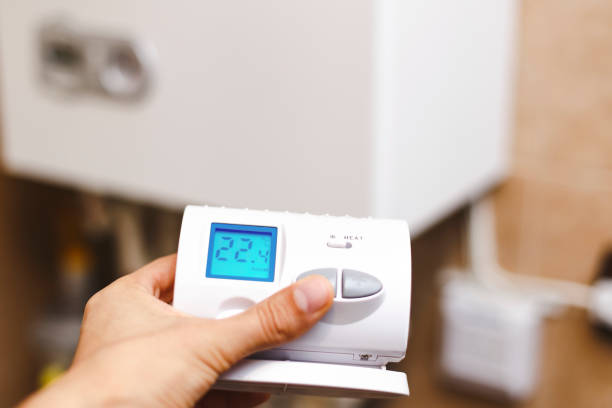
Types of Boiler Controls
There are several types of boiler controls that you may encounter, including thermostats, timers, programmers, and room thermostats.
Thermostats
A thermostat is a device that measures the temperature of your home and tells your boiler when to turn on and off. There are two main types of thermostats: manual and digital. A manual thermostat typically has a dial that you can turn to set the desired temperature, while a digital thermostat allows you to set the temperature using a digital display and buttons.
Timers
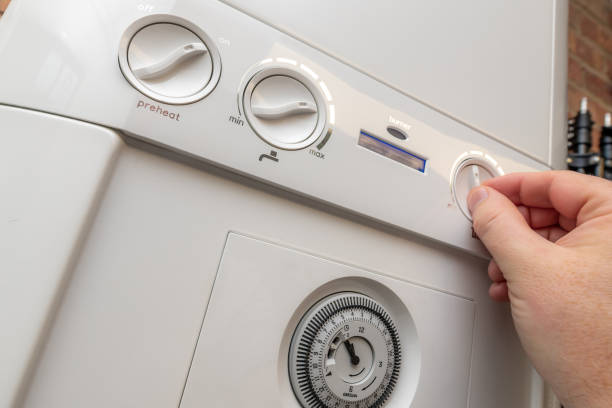
A timer is a device that allows you to set a schedule for your boiler to turn on and off. This can be useful if you only want your boiler to run at certain times of the day, such as when you are awake and at home.
Programmers
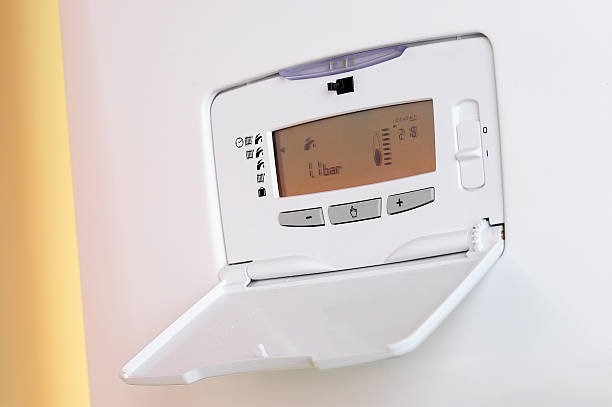
A programmer is a device that combines the functions of a thermostat and a timer. It allows you to set different temperatures for different times of the day and create a customized heating schedule.
Room thermostats

A room thermostat is a device that measures the temperature of a specific room in your home. It can be used to control the operation of your boiler and ensure that each room is heated to the desired temperature.
Using Your Boiler Controls
To get the most out of your boiler and reduce your energy consumption, it is important to use your controls effectively. Here are some tips for using your boiler controls:
- Set your thermostat to the lowest comfortable temperature. Every degree that you lower your thermostat can save up to 10% on your heating bills.
- Use a programmer or timer to ensure that your boiler only runs when you need it. For example, you may want to set your boiler to turn off when you are not at home or when you are sleeping.
- Consider using a room thermostat to control the temperature of individual rooms in your home. This can help to reduce energy consumption and ensure that each room is heated to the desired temperature.
- Regularly maintain and service your boiler to ensure that it is running efficiently. This can include cleaning the filters, checking the thermostat, and replacing any worn parts.
Timing and boiler controls:
Boost:
The boost function, also known as the “boost mode” or “quick start” function, is a feature of some boiler controls that allows you to temporarily increase the temperature of your heating system. This can be useful if you want to quickly warm up your home or if you are expecting guests and want to ensure that the house is warm when they arrive.
To use the boost function, you will typically need to press a button or turn a dial on your boiler control panel. The boost function will stay active for a set period of time, after which the boiler will return to its normal operation.
Auto:
The auto function, also known as the “automatic mode” or “normal mode,” is a setting on some boiler controls that allows the system to operate automatically based on the temperature of your home and the settings of your thermostat.
In auto mode, the boiler will turn on and off as needed to maintain the temperature of your home at the level that you have set on your thermostat. This can help to optimize the energy efficiency of your heating system and reduce energy consumption.
On/24hrs:
The on/24hrs function, also known as the “constant mode” or “always on mode,” is a setting on some boiler controls that allows the system to run continuously, regardless of the temperature of your home or the settings of your thermostat.
This function can be useful if you want to maintain a constant temperature in your home, or if you are using your boiler for hot water only and do not need to regulate the temperature of your home. However, using the on/24hrs function can result in higher energy consumption and higher energy bills.
Off:
The off function, also known as the “standby mode” or “off mode,” is a setting on some boiler controls that shuts off the system and prevents it from operating. This can be useful if you are going on vacation or if you want to turn off your heating system temporarily.
To use the off function, you will typically need to press a button or turn a dial on your boiler control panel. The off function will remain active until you manually switch the system back on or until the next scheduled time for the system to turn on, if you are using a timer or programmer
By following these tips and using your boiler controls effectively, you can save energy and reduce your heating bills. Proper maintenance and use of your boiler controls can also help to extend the lifespan of your heating system.
Advanced controls
Smart controls, load compensation, and weather compensation are advanced features that are designed to optimize the performance and energy efficiency of heating and cooling systems.
What are Smart Controls?
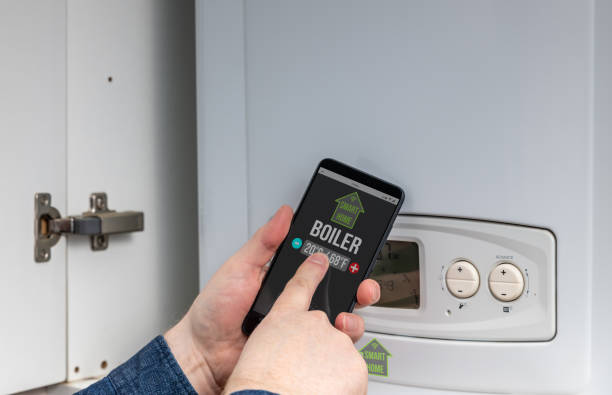
Smart controls are advanced heating systems that use artificial intelligence and internet connectivity to optimize the performance of your heating and cooling system. They can be used to control your boiler, as well as other heating equipment, such as thermostats.
Smart controls use sensors, algorithms, and machine learning to analyse data about your home and your heating and cooling habits. They can then use this information to adjust the temperature and operation of your heating and cooling equipment to optimize energy efficiency and comfort.
For example, a smart control system may use data about the weather, the time of day, and the occupancy of your home to determine when to turn on and off your heating equipment. It may also use data about your energy usage patterns to identify opportunities to reduce energy consumption and save money.
Smart controls can be accessed and controlled using a smartphone app, a web interface, or a smart home device, such as a voice assistant. They can also be integrated with other smart home devices, such as security systems, lighting systems, and appliances, to create a fully connected and automated home.
What is Load Compensation?
Load compensation is a feature of some heating and cooling systems that adjusts the operation of the system based on the load, or demand, on the system. This can help to optimise the energy efficiency of the system and reduce energy consumption.
For example, in a boiler system, load compensation may adjust the temperature of the water or the flow rate of the water based on the demand for heat. If the demand for heat is high, the system may increase the temperature or flow rate to meet the demand. If the demand is low, the system may decrease the temperature or flow rate to save energy.
Load compensation can be controlled manually or automatically, depending on the system. Some systems may use sensors or algorithms to analyse the demand for heat and adjust the operation of the system accordingly. Other systems may require the user to manually adjust the load compensation settings.
What is Weather Compensation?
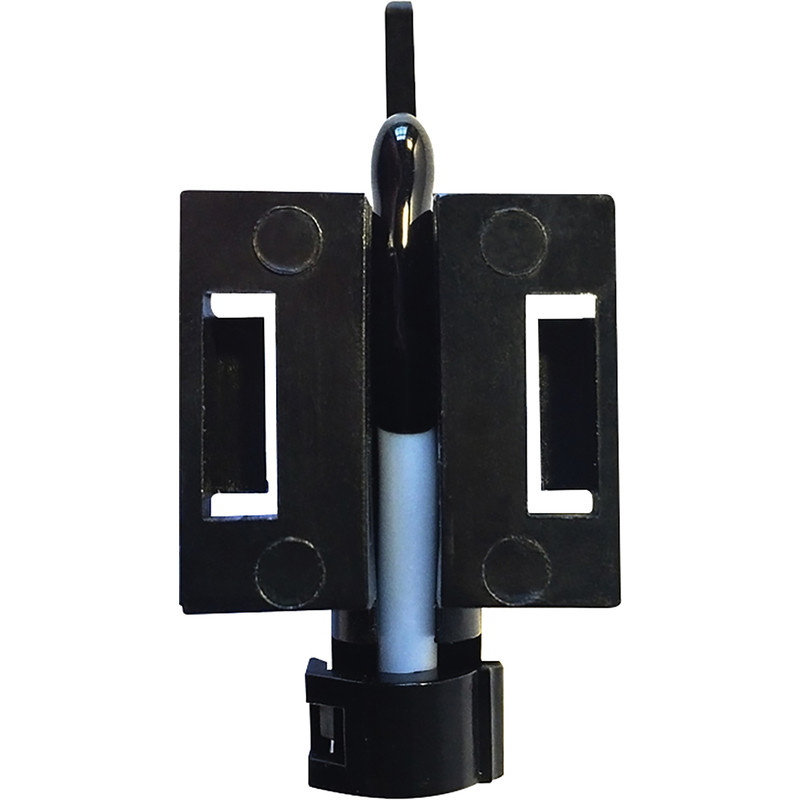
Weather compensation is a feature of some heating systems that adjusts the operation of the system based on the weather. This can help to optimise the energy efficiency of the system and reduce energy consumption.
For example, in a boiler system, weather compensation may adjust the temperature of the water or the flow rate of the water based on the outdoor temperature. If the outdoor temperature is cold, the system may increase the temperature or flow rate to compensate for the increased demand for heat. If the outdoor temperature is mild, the system may decrease the temperature or flow rate to save energy.
Weather compensation can be controlled manually or automatically, depending on the system. Some systems may use sensors or algorithms to analyse the outdoor temperature and adjust the operation of the system accordingly. Other systems may require the user to manually adjust the weather compensation settings.
Zonal heating
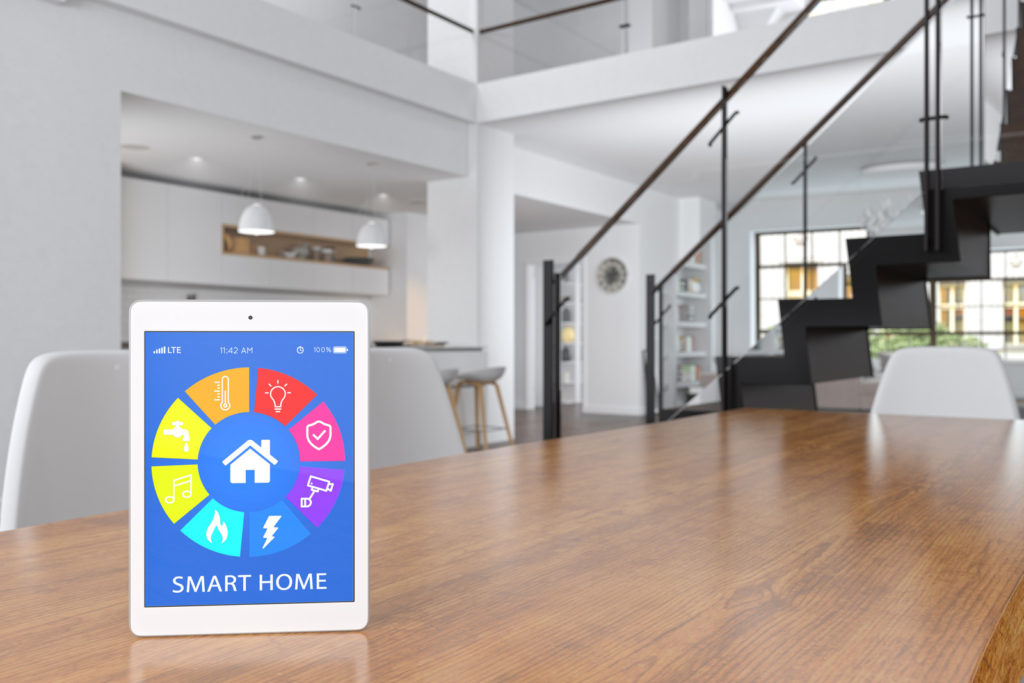
Zonal heating is a type of heating system that allows you to control the temperature of individual rooms or zones in your home. This can be useful if you want to heat certain areas of your home more or less than others, or if you want to reduce your energy consumption by only heating the rooms that you are using.
In a zonal heating system, each room or zone is equipped with a thermostat that allows you to set the desired temperature for that area. The thermostats are connected to the central heating system, which is usually a boiler or a furnace, and are used to regulate the flow of heat to each room or zone.
There are several types of zonal heating systems, including radiators, underfloor heating, and ducted systems. Radiator systems use individual radiators in each room or zone to provide heat, while underfloor heating systems use hot water or electric elements to warm the floor. Ducted systems use air ducts to distribute heat throughout the home.
Zonal heating systems can be controlled using a central thermostat or controller, or using individual thermostats in each room or zone.
Overall, zonal heating can be a more efficient and flexible way to heat your home, as it allows you to customize the temperature of each room or zone to your preferences and needs. It can also help to reduce energy consumption and save money on energy bills by only heating the areas of the home that are being used.
